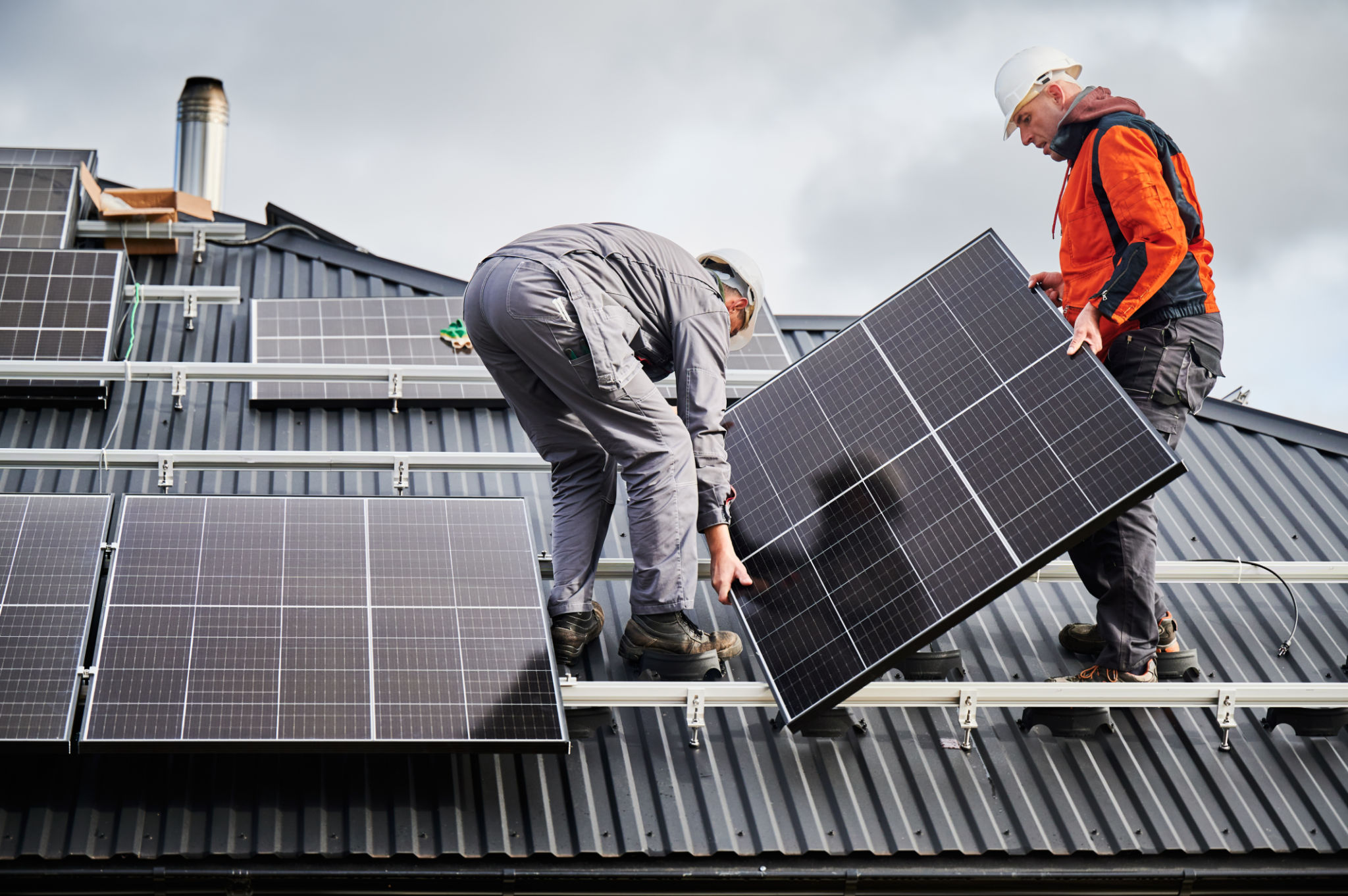Comparing Traditional vs. Solar-Integrated Roofs: Which is Right for You?
Understanding Traditional Roofs
Traditional roofs, often made from materials like asphalt shingles, wood, metal, or clay tiles, have been the standard choice for homeowners for decades. These roofs are known for their durability and the protection they provide against the elements. Depending on the material used, traditional roofs can last anywhere from 20 to 50 years, with some materials like metal even outlasting others.
One of the main advantages of traditional roofs is their versatility in design. They come in various styles and colors, allowing homeowners to customize the look of their home. Additionally, traditional roofing materials are generally more accessible and can be installed by most roofing contractors.

Cost Considerations
The cost of a traditional roof varies significantly based on the chosen material. Asphalt shingles, for example, are one of the most affordable options, whereas slate or clay tiles can be more expensive. However, it's important to factor in not just the initial cost but also the long-term maintenance and potential repair expenses.
The Rise of Solar-Integrated Roofs
Solar-integrated roofs are a modern innovation that combines traditional roofing materials with solar technology. These roofs are designed to generate electricity by harnessing the power of the sun, offering an environmentally friendly alternative to conventional energy sources. Solar roofs come in various styles, including solar shingles that blend seamlessly with typical roof designs.
The primary advantage of solar-integrated roofs is their ability to reduce energy bills over time. While the initial installation cost may be higher than traditional roofs, the potential savings on electricity and possible tax incentives can make them a cost-effective option in the long run.

Environmental Impact
One of the most significant benefits of solar-integrated roofs is their positive impact on the environment. By generating clean energy, homeowners can significantly reduce their carbon footprint. This not only helps combat climate change but also contributes to a more sustainable future.
Installation and Maintenance
When it comes to installation, traditional roofs have an edge due to the widespread availability of experienced contractors. Most roofing companies are well-versed in installing various types of traditional roofing materials, making it a straightforward process.
Solar-integrated roofs, however, require specialized installation. Homeowners need to hire contractors who are experienced in both roofing and solar technology. Maintenance for solar roofs might also require periodic checks to ensure optimal performance and efficiency.

Which Roof is Right for You?
The decision between traditional and solar-integrated roofs depends on several factors:
- Budget: Consider both initial costs and long-term savings.
- Environmental Concerns: Solar roofs offer a greener alternative.
- Aesthetic Preferences: Both options offer different styles and appearances.
- Local Climate: Certain roofing materials perform better in specific climates.
Ultimately, whether you choose a traditional or solar-integrated roof will depend on your personal preferences and priorities. Weighing the pros and cons of each option will help you make a decision that aligns with your needs and values.
